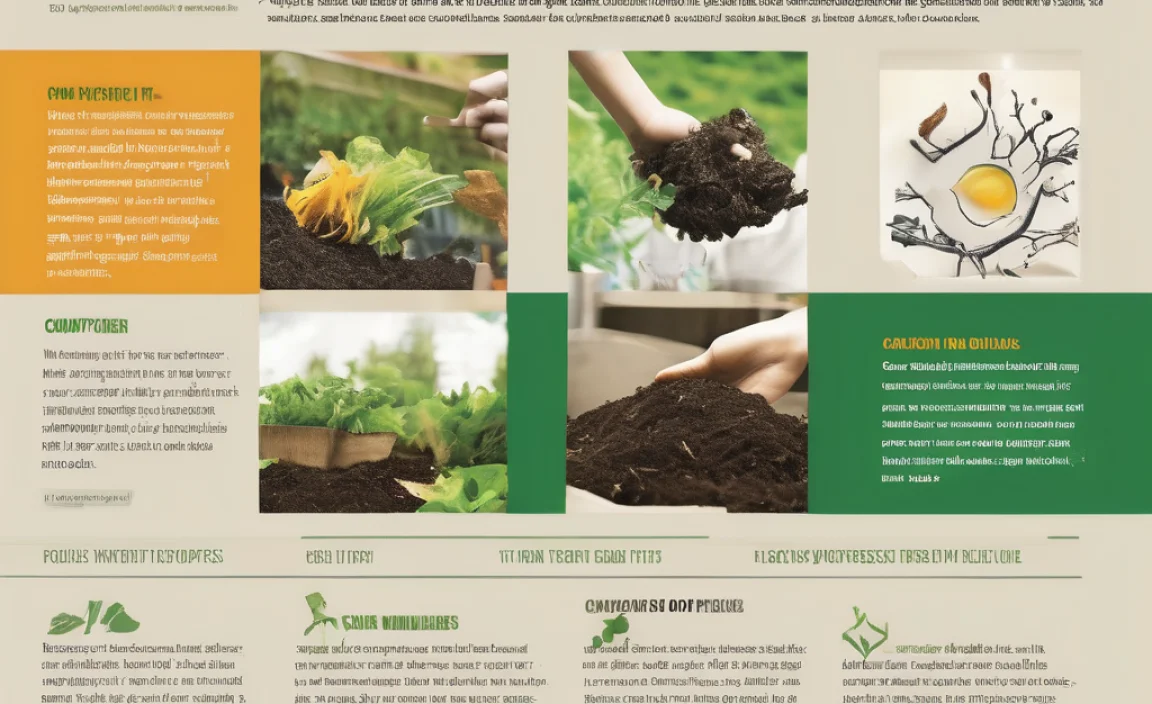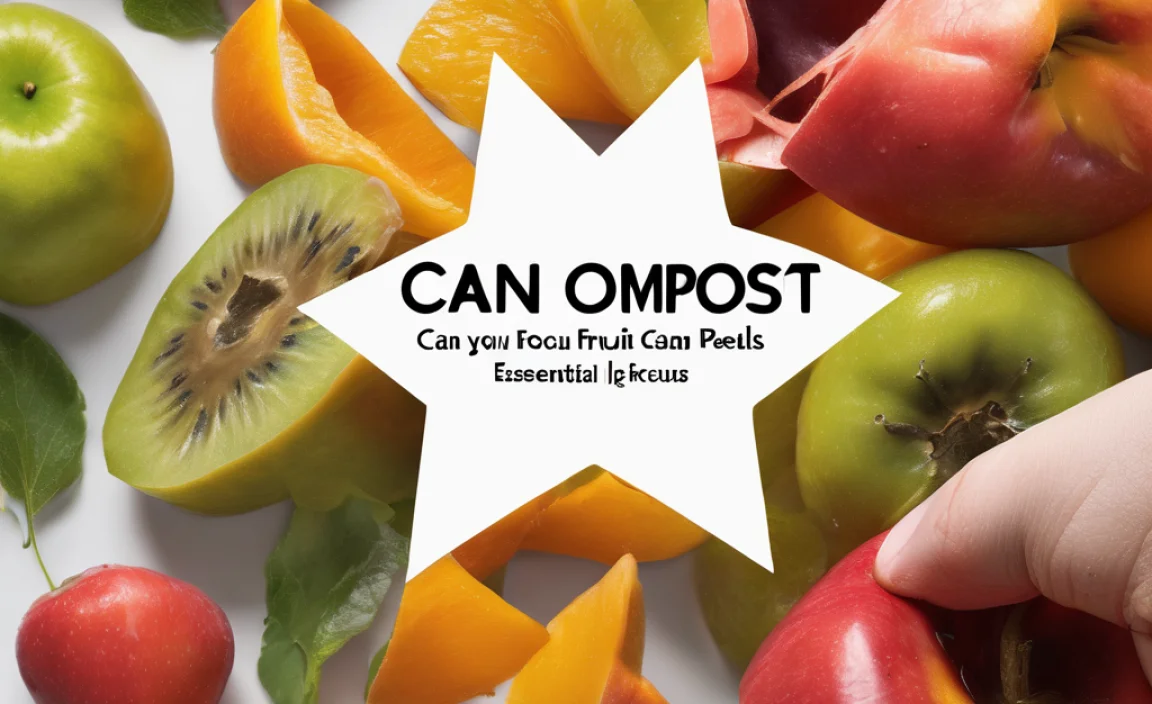Static pile composting process is a widely adopted method for managing organic waste. It’s a straightforward, aerobic decomposition system that doesn’t require turning the compost pile, making it a hands-off and increasingly popular choice for both large-scale industrial operations and smaller community initiatives. Unlike other composting methods that demand frequent agitation, static pile systems rely on the inherent biological processes within the organic materials to break them down efficiently. This simplicity is its greatest asset, allowing for consistent waste management with minimal labor input.
The core principle behind static pile composting is to create an optimal environment for thermophilic microorganisms to thrive. These heat-loving microbes are the workhorses of the composting process, rapidly consuming organic matter and generating significant heat. This heat is crucial, as it not only accelerates decomposition but also helps to kill weed seeds and pathogens, resulting in a sanitized and stable compost product. The “static” aspect refers to the fact that the pile remains in place, undisturbed, until the composting cycle is complete.
Understanding the Static Pile Composting Process
The success of the static pile composting process hinges on several key factors: feedstock selection and preparation, pile construction, and maintaining the right environmental conditions. Each of these elements plays a vital role in ensuring efficient decomposition and producing a high-quality compost.
Feedstock Selection and Preparation: The first step involves carefully choosing and preparing the organic materials that will form the compost pile. A balanced mix of “greens” (nitrogen-rich materials like food scraps, grass clippings, and manure) and “browns” (carbon-rich materials like leaves, straw, wood chips, and cardboard) is essential. The ideal carbon-to-nitrogen (C:N) ratio for effective composting is typically around 25:1 to 30:1. Too much nitrogen can lead to ammonia volatilization and odors, while too much carbon will slow down the decomposition process considerably. Particle size is also important; smaller particles offer a larger surface area for microbial activity, accelerating decomposition. Shredding or chipping larger materials can significantly improve the efficiency of the composting process.
Pile Construction: Once the feedstock is prepared, it’s time to construct the pile. Static piles are typically built as large, self-supporting mounds. The size of the pile is important; a minimum volume is needed to generate and retain sufficient heat for the thermophilic phase. Common recommendations suggest piles that are at least 3 feet high, 5 feet wide, and 5 feet long. Some methods, like aerated static piles, incorporate a passive aeration system, often using perforated pipes buried within the pile to facilitate airflow from the bottom up. This passive aeration enhances oxygen availability throughout the pile, preventing anaerobic conditions and promoting efficient aerobic decomposition.
Maintaining Environmental Conditions: The primary environmental factor to manage in static pile composting is aeration and moisture. While the pile is “static” in terms of physical turning, it still requires air to function. Passive aeration systems, as mentioned, are often employed. If no engineered aeration is present, natural airflow through the porous nature of the compost materials is relied upon, though this can be less predictable.
Moisture content is another critical component. The materials should be moist enough to support microbial life but not so wet that they become waterlogged and anaerobic. A general guideline is to aim for a moisture content of 40% to 60%. This is often described as the “damp sponge” consistency – moist to the touch, but without water squeezing out when a handful is compressed. Regular monitoring and adjustment, perhaps by adding water to dry areas or incorporating dry brown materials to absorb excess moisture, might be necessary, especially in fluctuating weather conditions.
Advantages of the Static Pile Composting Process
The ease of management is a standout benefit of the static pile composting process. The absence of turning significantly reduces labor costs and the need for specialized equipment, making it an attractive option for operations with limited resources. This method also tends to be more forgiving of minor imbalances in feedstock or moisture, as the larger pile mass can buffer against rapid changes.
Furthermore, the extended residence time in a static pile, often ranging from several months to over a year, can lead to a highly mature and stable compost product. This mature compost is less likely to leach nutrients, is resistant to odor development, and is safe for application in gardens and agricultural settings. The passive nature of the system also minimizes greenhouse gas emissions compared to actively turned piles, which can sometimes release methane due to temporary anaerobic conditions.
Considerations and Potential Challenges
While the static pile composting process is largely effortless, it’s not without its considerations. Without forced aeration, achieving consistent aerobic conditions throughout a very large or dense pile can be challenging. This can lead to the formation of anaerobic pockets, which can cause odor issues (e.g., hydrogen sulfide) and slow down the decomposition process. Careful attention to feedstock mix and particle size is crucial to mitigate this.
The long composting cycle means that significant space is required for multiple piles undergoing different stages of decomposition simultaneously. Planning for the footprint of the composting operation is essential. Additionally, while the heat generated can kill pathogens, monitoring internal pile temperatures to ensure they reach and are maintained at thermophilic levels (typically 131°F to 160°F or 55°C to 71°C) is important for complete sanitization.
In conclusion, the static pile composting process offers a highly accessible and efficient method for converting organic waste into a valuable soil amendment. Its simplicity, reduced labor requirements, and potential for producing a high-quality, stabilized compost make it an excellent choice for a wide range of applications. By understanding and managing the fundamental principles of feedstock, pile construction, and environmental conditions, individuals and organizations can harness the power of decomposition with remarkable ease.

I am passionate about home engineering. I specialize in designing, installing, and maintaining heating, ventilation, and air conditioning systems. My goal is to help people stay comfortable in their homes all year long.



